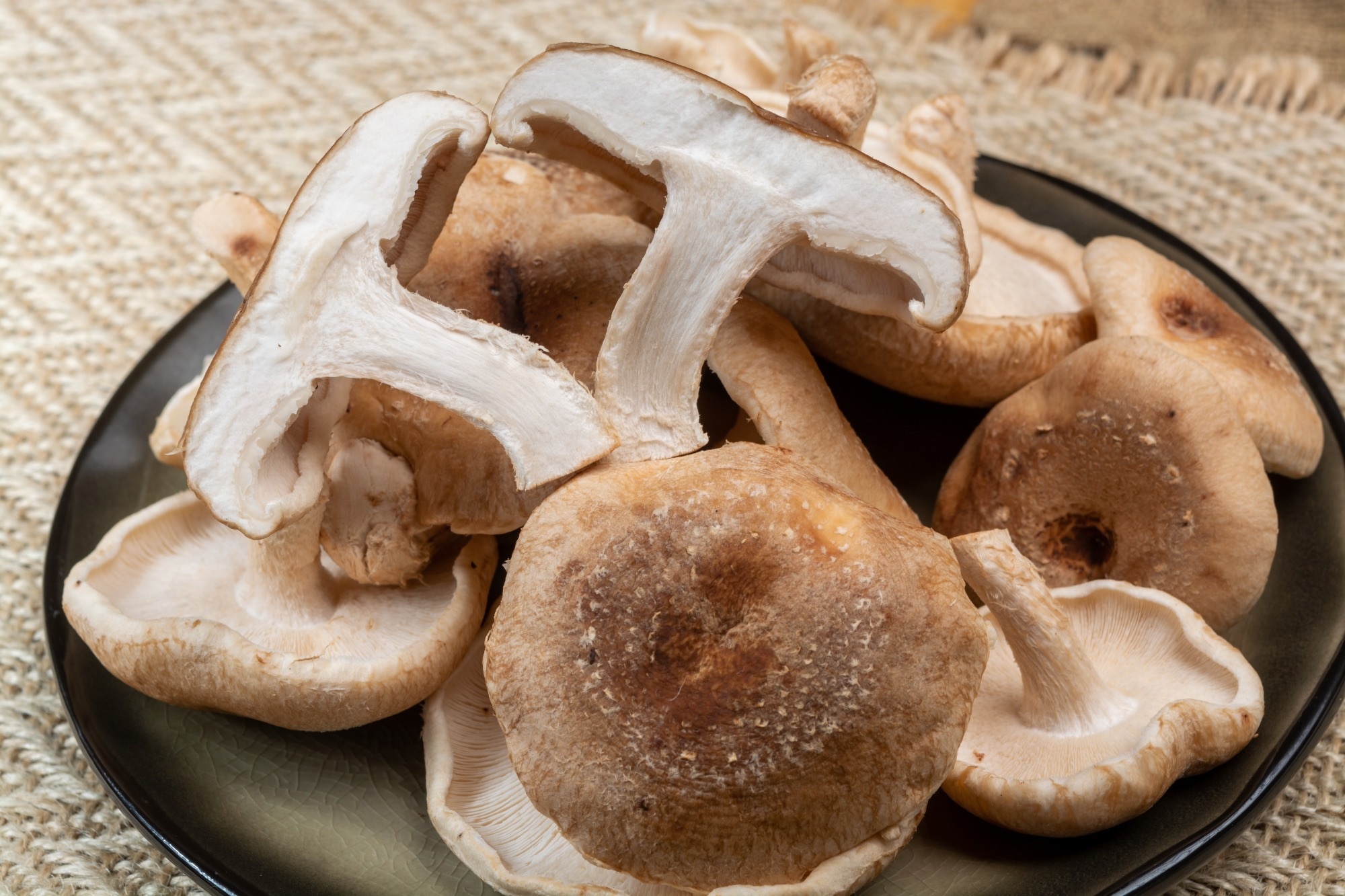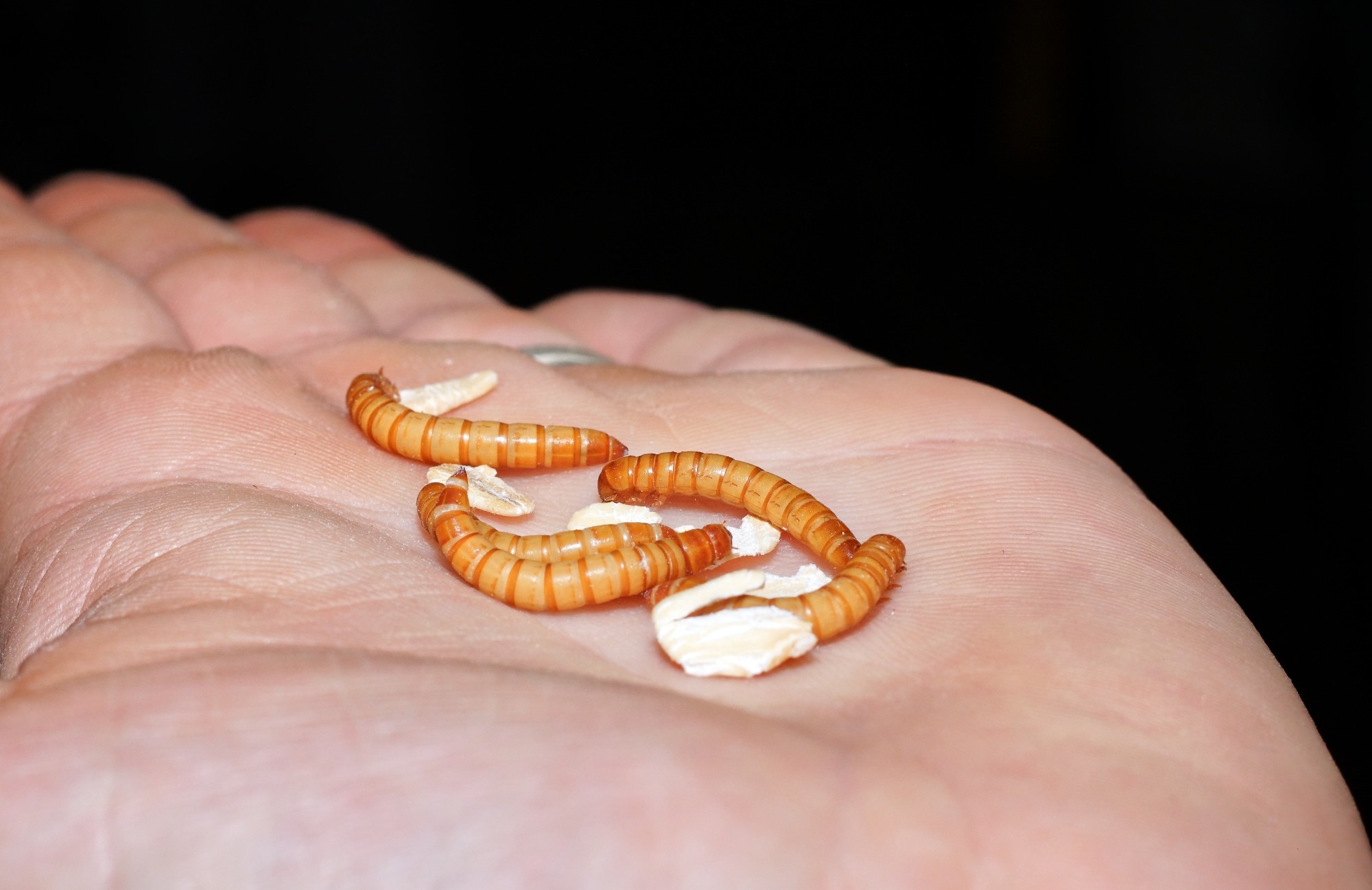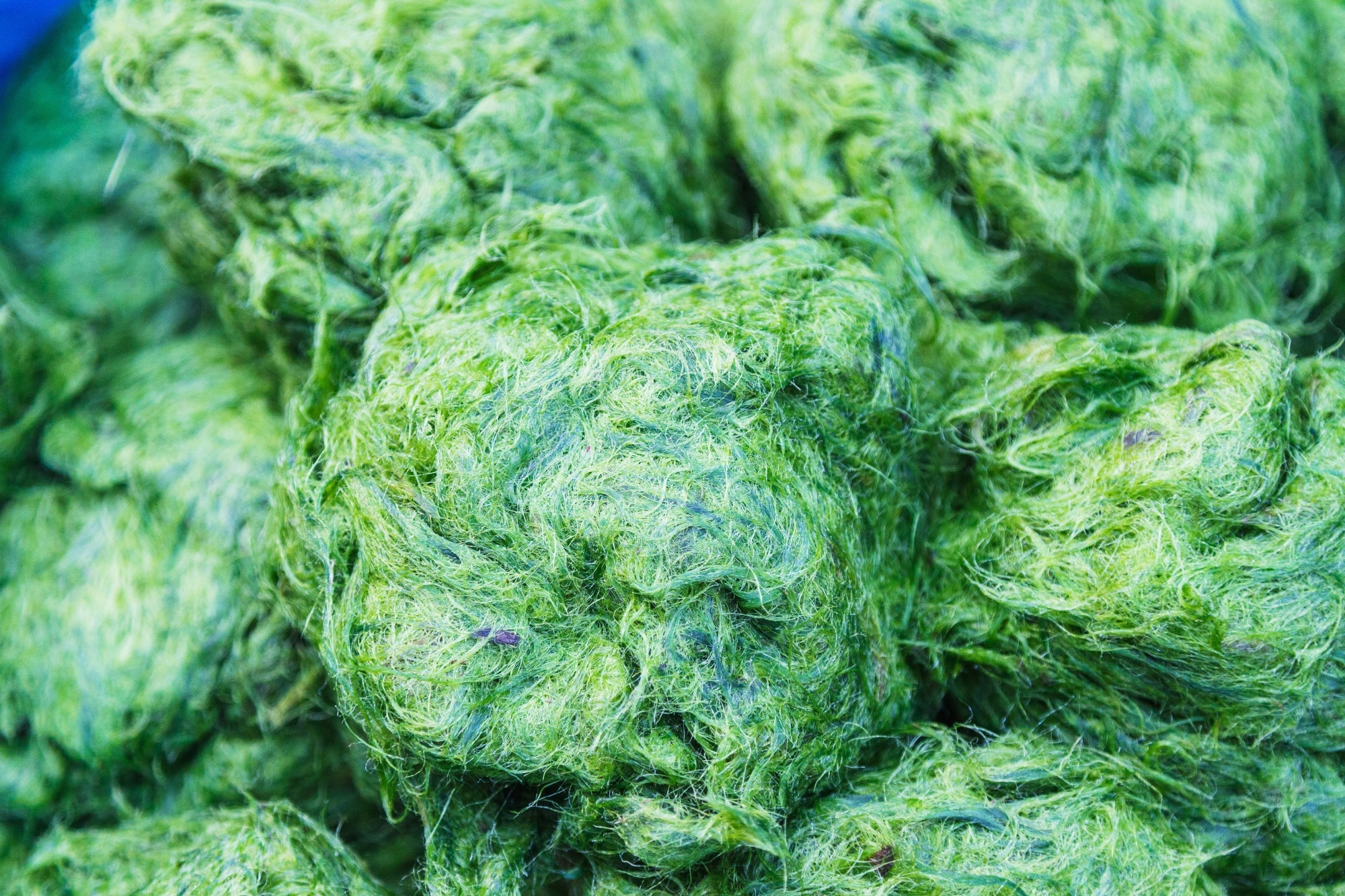Background
Proteins are critical dietary components for the proper growth and development of individuals and, as a result, are considered building blocks of the body.
The increasing population of humans and associated protein shortage warrants the identification of novel, natural, and sustainable sources of proteins as an alternative to meat. Some examples include invertebrate organisms such as insects, plant-based sources such as underutilized legumes, unexploited aquatic and terrestrial plants, and fungal organisms.
Insect-based proteins have high nutritional content and are enriched with proteins, essential-type fatty acids, and trace elements. In addition, these proteins are associated with good water and oil retention abilities, foaming, and, emulsion activities.
Underutilized legumes possess phytochemical, therapeutic, and nutritional properties, and can survive well even in extreme weather conditions. Furthermore, legume-derived proteins have good gel-forming ability to immobilize fat and trap water in the emulsion matrix.
In the present review, researchers review existing data on underutilized legumes, insects, terrestrial and aquatic plants and microalgae as alternative protein sources.
Protein sources alternative to meat
Alternate protein sources include underutilized legume crops, edible fungi, terrestrial and aquatic plants and microalgae, and insects.
Underutilized legumes include Lathyrus sativus L., Lupinus Albus, Psophocarpus tetragonolobus, and Vigna subterrane, the food formulations of which include proteins modified by microbial transglutaminase, protein isolates, and flour/fermented flour/germinated seeds flour. Applications of underutilized legume formulations include bioplastics, baked goods, dairy products, pasta and noodles, infant foods, snacks, breakfast cereals, and traditional foods.
Proteins can also be sourced from edible fungi such as Agaricus bisporus, Lentinula edodes, Pleurotus species, and Flammulina velutipes. These fungi can be formulated as protein isolates, used in baked goods, meat preparations, and dairy products.
 Lentinula edodes or shiitake edible mushrooms
Lentinula edodes or shiitake edible mushrooms
Protein-rich terrestrial edible plants include the Moringa oleifera (drumstick) tree, aquatic edible plants include Wolffia arrhiza and Wolffia globose (duckweed), and microalgae include Chlorella vulgaris and Arthrospira platensis. Terrestrial plants may be formulated as protein isolates or fermented leaves for use in traditional Asian dishes such as Gundruk and Zhacai, microalgae as biomass or protein isolates, bakery and dairy products, and meat analogues.
Aquatic edible plants are associated with safety concerns related to elevated magnesium content. Proteins could be sourced from insects such as Locusta migratoria (migratory locust), Tenebrio molitor larva (yellow mealworm), Acheta domesticus (house cricket), and Alphitobius diaperinus larvae (lesser mealworm).
 Yellow mealworm
Yellow mealworm
European-Union-authorized insect-based protein food formulations are available in frozen, dried, and powder forms for use in bakery products, pasta-based products, soup and soup concentrates, potato-, legume- and vegetable-based dishes, canned/jarred legumes and vegetables, snacks and cereal bars, salads, beverages, confectionery, and meat preparations/ analogues.
Properties of alternate proteins obtained from novel foods
Fungal species such as Pleurotus cornucopiae, Agaricus bisporus, Pholiota adiposa, Grifola frondosa, Macrocybe gigantea, Hypsizygus marmoreus, Ganoderma lucidum, and Pleurotus cystidiosus are rich in bioactive peptides that can inhibit the angiotensin-converting enzyme (ACE).
Bioactive peptides obtained from Cordyceps militaris, Agrocybe cylindracea, Pleurotus eryngii, and Pleurotus ostreatus have antifungal properties. Comparatively, those obtained from Cordyceps sinensis, Tricholoma matsutake, and Pleurotus eryngii possess antioxidant properties.
Calvatia caelata- and Cyclocybe aegerita-derived peptides possess antiproliferative properties. Other peptides obtained from fungi exhibit antimitogenic, anti-inflammatory, anticancer, immunostimulatory, and antithrombotic properties and appear to inhibit ribonuclease and translation-associated enzymes. Edible insects include Bombyx mori, Silkworm pupae, Hermetia illucens, crickets, and mealworms.
ACE inhibition has been demonstrated by Bombyx mori, crickets, and mealworms. Additionally, crickets possess diuretic properties, whereas mealworms have hepatoprotective properties.
L. angustifolius, a protein-rich minor legume, can regulate insulin and glucose metabolism through dipeptidyl peptidase IV (DPP4) inhibition and also has hypolipidemic, ACE inhibitory, anti-inflammatory, and antioxidant properties. Minor legumes such as L. Albus and L. mutabilis are associated with anti-inflammatory and antioxidant properties, respectively.
Concerning aquatic and terrestrial plants, Moringa oleifera leaves have ACE-inhibitory properties, whereas its seeds have antioxidant, α-glucosidase inhibitory, and antimicrobial properties. Porphyra dioica has shown antioxidant activity, ACE inhibitory activity, and DPP4 inhibitory activities.
C. ellipsoidea has ACE inhibitory, antioxidant, anti-proliferative, and anti-inflammatory properties, whereas Pavlova lutheri possesses anticancer properties. Spirulina platensis exhibits ACE-I inhibitory, antibacterial, antioxidant, anticancer, and iron-chelating properties.
 Freshwater algae or spirulina
Freshwater algae or spirulina
Conclusions
Based on the review findings, non-meat proteins may be sourced from innovative or ‘novel’ foods such as underutilized legumes, terrestrial plants, aquatic plants, microalgae, and insects. These protein sources are often enriched with bioactive peptides with anti-inflammatory, antioxidant, antimicrobial, and anticancer properties.
These novel sources are environment-friendly ways of improving protein consumption, sustain harsh climatic conditions, and can be considered promising sources of proteins. However, their safety must be evaluated, especially for insect-based sources that may comprise allergens and/or chemical contaminants like heavy metals and pesticides and grass pea-based proteins comprising neurotoxins.
Journal reference:
- Quintieri, L., Nitride, C., De Angelis, E., et al. (2023). Alternative Protein Sources and Novel Foods: Benefits, Food Applications and Safety Issues. Nutrients. doi:10.3390/nu15061509